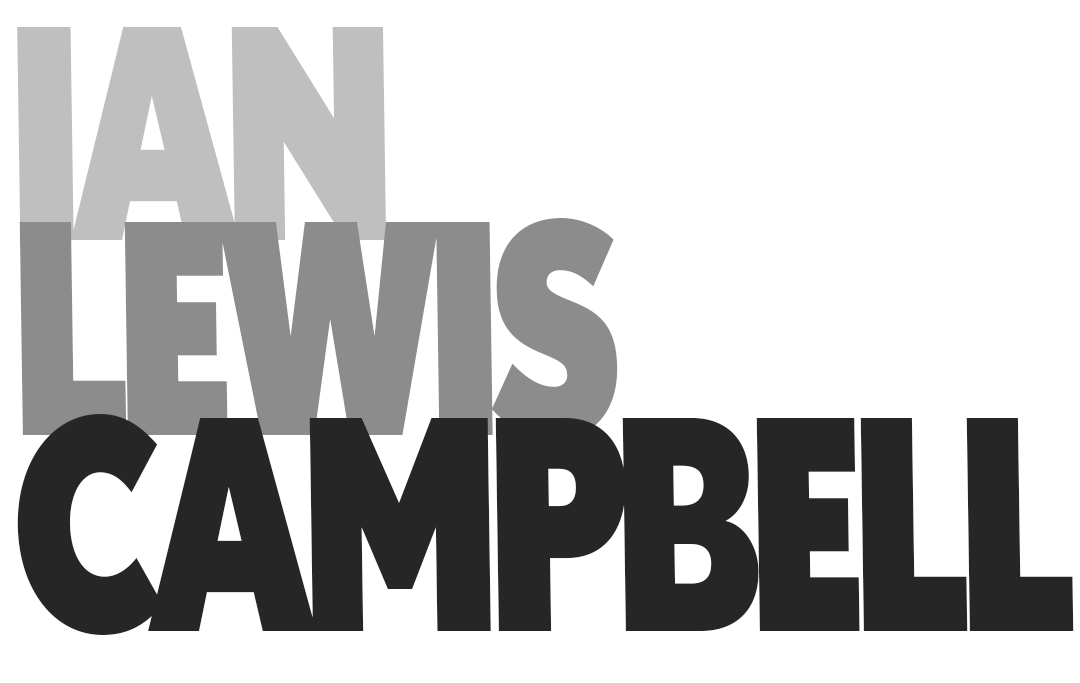A Creative Direction
Cues From An Unlikely Path
The path to creative leadership rarely follows a straight line. It didn’t in my case. While many Creative Directors emerge from traditional agency backgrounds, design and portfolio schools , my journey took a different route – through organic farming fields, across international programs, and through the sawdust-covered floors of carpentry sites. These diverse, and very not-creative experiences have shaped my approach to creative direction, teaching me lessons that continue to guide my work today.
Think Like a Novelist
As creatives, we can get stuck on the small stuff – finding the perfect word, color, layout, or pixel perfection. But novelists know better. They know it's not about one perfect sentence. It's about how the whole story hits you at the end. They think about how it all comes together and work with the entire story in mind. They think in generations, worlds, countries, and epochs. The final novel is only a snapshot of the larger idea.
When you think like a novelist, you look past the pieces to see the big picture. You figure out how each part adds to what people feel when they're done. You know your first draft won't be perfect, and that's fine. What matters is making something that sticks with people after they walk away.
Design Like a Sculptor
Every choice in design carries weight. Like a sculptor with a block of stone, you have to think about how your work takes up space – both the space you can see and the space it takes up in people's heads.
The physical space is the easy part. We work with what we can measure: pixels on screens, billboards on streets, squares for Instagram, rectangles for YouTube. Each space shapes what we make. The work needs to look right where it lives. Within that space, the elements we design with–color, shape, type, form–all have to add to and make a difference.
There's also the space it takes up in people's minds. Sure, we want our work to grab attention, but what we're really after is to make it stick. We have to ask ourselves: How will this work on people? What happens when they see it in different places? How does it interact with the larger context?
Our ads, banners, videos, posts, and scripts have a plaza that they exist in. They have a mental square where they reside, which is unique for each viewer. Our design process has to take in the entire picture, physical and mental, so that it creates space wherever it lives. And that space is in and of the imagination.
Present Like an Actor
Here's the truth: clients don't care much about your creative process. They care about what your work does for them. They care about getting their job done and maybe leaving early. That's not harsh – that's just how it works.
Presenting well means putting on a show. You need to know what people need before they do, and tell them things they didn't know they wanted to hear. It's not about lying – it's about packaging ideas so they make sense to everyone in the room. When you present, you're not just showing design work. You're giving people confidence that you've got their back. You’re giving them something they can walk away with.
We're not just walking through slides. What we're really showing is what's possible, what it means, and why it matters. The magic is in all the invisible stuff – the energy, the conviction, the moments between the lines. That's what makes people lean in and care.
The Bottom Line
These three roles – novelist, sculptor, and actor – aren't just neat ways to think about creative work. Like a novelist, we build complete experiences that add up to more than their parts. Like sculptors, we shape both physical and mental space. And like actors, we bring our work to life in ways that move people to expand their worldviews.
But none of these roles work alone. Sometimes you need to think big picture like a novelist while presenting like an actor. Other times you need a sculptor's eye for form while keeping the novelist's story in mind. This kind of creative direction comes from everywhere – from farming fields to construction sites, from failed projects to unexpected wins. The path of creative direction isn't straight because it can't be. It's about gathering wisdom from weird places and using it to make something new. That's what makes it interesting.



